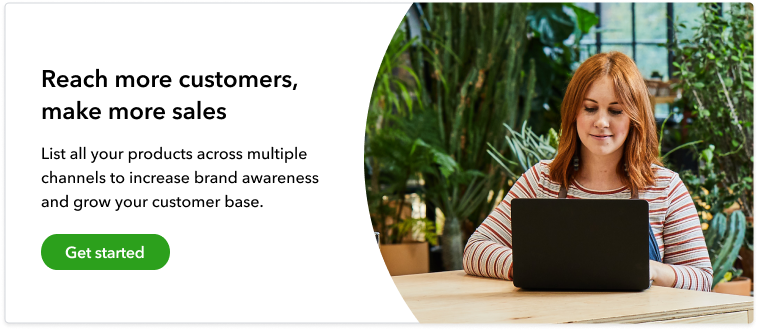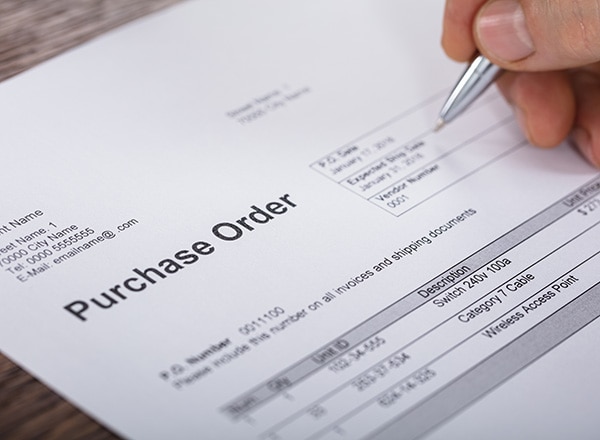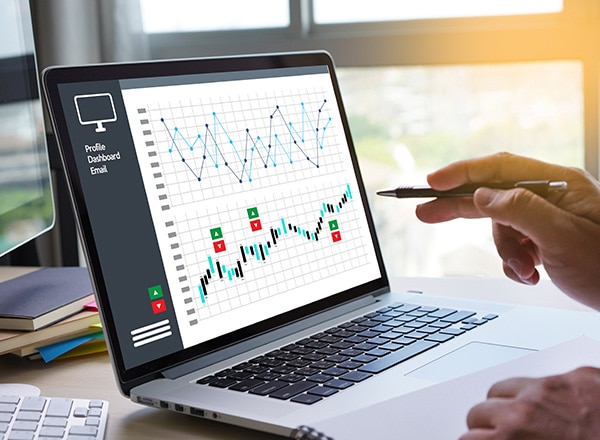In the past, running a wholesale business might have been limited to print catalogs, cold-calling or door-to-door sales, and data entry into spreadsheets. Now there are alternatives to managing your business and getting your products out there, such as starting a wholesale B2B e-commerce business.
As the world becomes more reliant on the convenience of the internet, more companies are expanding their business online. The same goes for the U.S. B2B e-commerce industry, which is projected to reach a worth of $1.8 trillion by 2023. Now is an excellent time to take advantage of this business opportunity. However, starting a wholesale business can be daunting—unless you have the right plan and tools to help you.
This guide for small businesses can help you figure out how to start a wholesale business from home and break into the B2B e-commerce market successfully. Need help with one specific aspect of starting a wholesale business? Use the links below to navigate to the sections that are most relevant to you.
- What is a wholesale business?
- How to start your own wholesale business onlineEstablish a business plan
- Develop a pricing strategy
- Make sure you have a high-quality website
- Choose the right platforms to sell on
- Optimize product images and descriptions
- Ensure you know how to handle inventory and supply chain management
- Put the right systems in place
- Manage your B2B wholesale business with QuickBooks Commerce
















